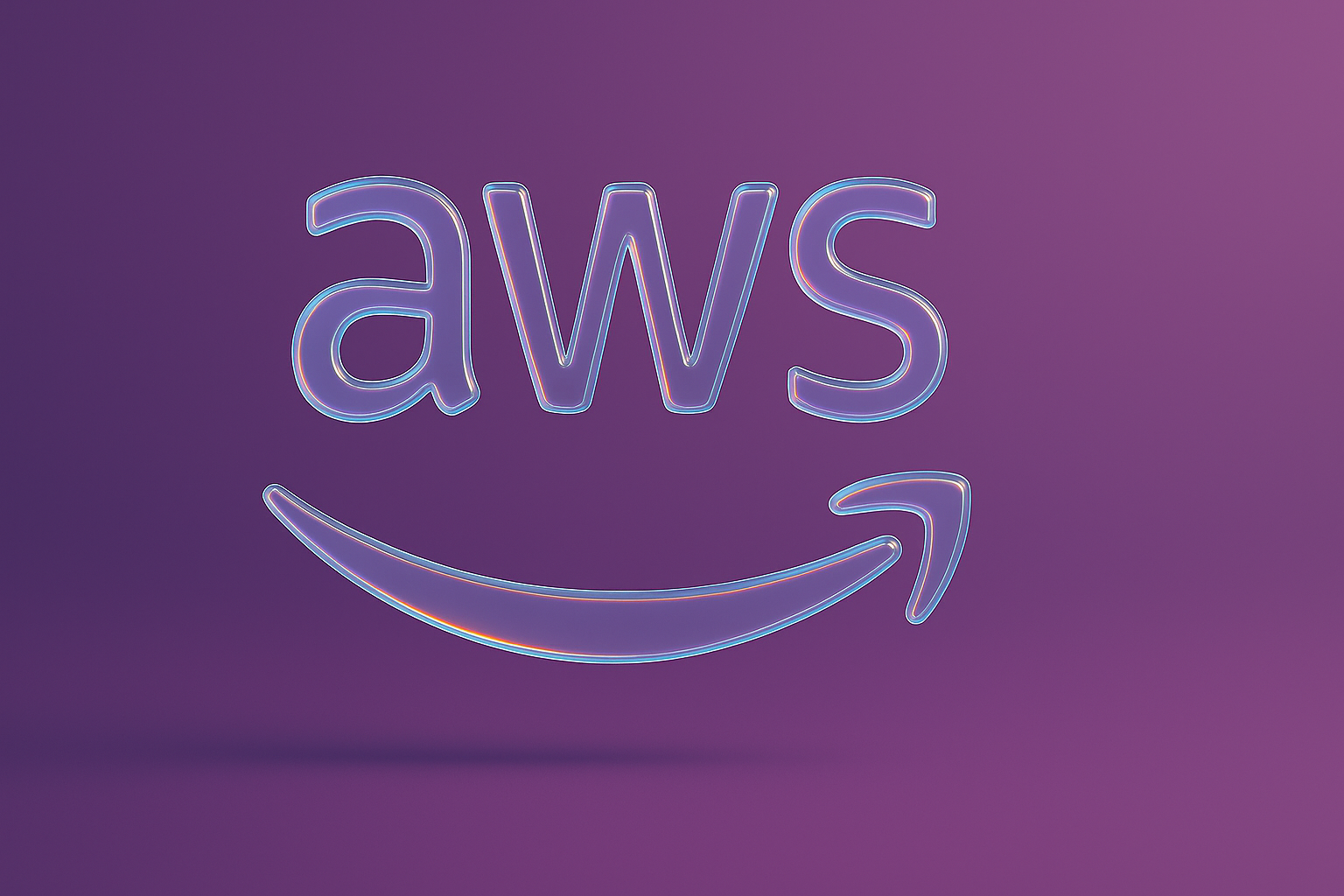When we started Tribe in 2019, we weren’t chasing hype. We were responding to something much less obvious, but far more enduring: the growing divide between what was possible in technology and what was possible for most enterprises.
From my time at Google, I could see the curve of progress steepening. Machine learning breakthroughs were happening fast. New architectures, new research, new capabilities were rapidly accelerating. At Google, there wasn’t one part of the company that wasn’t run by these capabilities. And yet, as I saw from the board rooms of high-growth tech companies, most organizations were still focused on data strategy, BI, and analytics. The people, systems, and infrastructure to implement early AI simply weren’t in place. And most of the talent who knew how to work with these systems were still tied up inside Big Tech.
We started Tribe because we believed something important: every company would need to become an AI company—and that shift wouldn’t happen on its own. The technology was moving faster than organizations could adapt. Something had to bridge the gap between cutting-edge innovation and enterprise implementation. And that something, we believed, should be Tribe.
Looking back, the early insight feels obvious. But at the time, it felt small and uninteresting to most. AI was still a whisper in enterprise contexts. Machine learning or data science were the more comfortable labels because "AI" felt too futuristic, too far-fetched. And while we got this one very right, we got plenty of things wrong along the way. We underestimated how hard it would be to make companies care. We overestimated how quickly the tooling would mature. Those early years were painful and we were almost too early.
But we kept going because we knew the power of the technology, and we believed our model could unlock it. And then ChatGPT launched and everything changed. Suddenly, every company cared about AI. The market caught up. And we were ready.
Here’s why: we bet early on three things and those bets paid off.
1. A talent-first company
If AI was the lever, we believed that talent was the fulcrum.We knew early that access to world-class builders would be a major bottleneck. Hiring great AI engineers is hard. Retaining them is harder. But we had a different view: the best engineers didn’t want to work for our customers, and they didn’t want to work for Tribe either. So we designed around that.
We created a platform where elite engineers could plug into meaningful work without giving up flexibility, upside, or the ability to learn. Some are ex-Google, OpenAI, and DeepMind. Some are startup founders or former heads of ML. All of them came to Tribe because they wanted more: more range, more learning, more chances to build the future.
To this day, we’ve never done outbound recruiting. Our network has grown through referrals and results. And even in a market where million-dollar offers are common, we’ve had engineers choose Tribe again and again—because the work is interesting, the talent bar is high, and the problems are real.
2. Specialists over generalists
From the beginning, we knew that strategy decks wouldn’t move the needle. AI only works when it’s in production—and that takes deep, applied expertise.
While traditional firms scaled through generalists and frameworks, we built around deep specialists. Applied AI practitioners who could architect, train, deploy, and iterate. People who knew what scaled and what broke.
We designed our model for modularity and speed. Small, senior teams forward deployed into our clients' orgs to move fast from roadmap to production. Scaling AI isn’t a headcount problem, it’s an expertise problem.
3. An orientation toward ROI
While others chased headlines, we focused on outcomes. From the beginning, we prioritized long-term value over short-term optics.
We’ve delivered hundreds of AI products, and the results are real. Millions in revenue from AI-native features. Trillion-dollar tech companies demoing our work on stage. Efficiency gains that free teams to do higher-leverage work.
Today, Tribe’s potential is bigger than we imagined. The three bets we made on talent, specialization, and outcomes have become a compounding advantage. Every project sharpens our instincts, giving us real pattern recognition rooted in execution. Our network of 600+ AI engineers functions like a distributed research lab, constantly experimenting and feeding insights back into our delivery engine. Our clients benefit from speed, but also hard-won insight shaped at the frontier.
We don’t expect the AI market will stabilize—we assume it won’t. That’s why we’ve built Tribe to evolve with it. Our partnerships with OpenAI, Anthropic, and others give us early visibility into roadmaps and real-world applications. And our model is designed for adaptability, trust, and lasting impact to help companies continue to move fast and build with confidence.
Six years in, we’re proud of what we’ve built and even more energized by what’s ahead. We’re still placing bold bets, and planning for an even bigger future.
Here’s to the next six!
— Jackie & Noah
.png)













